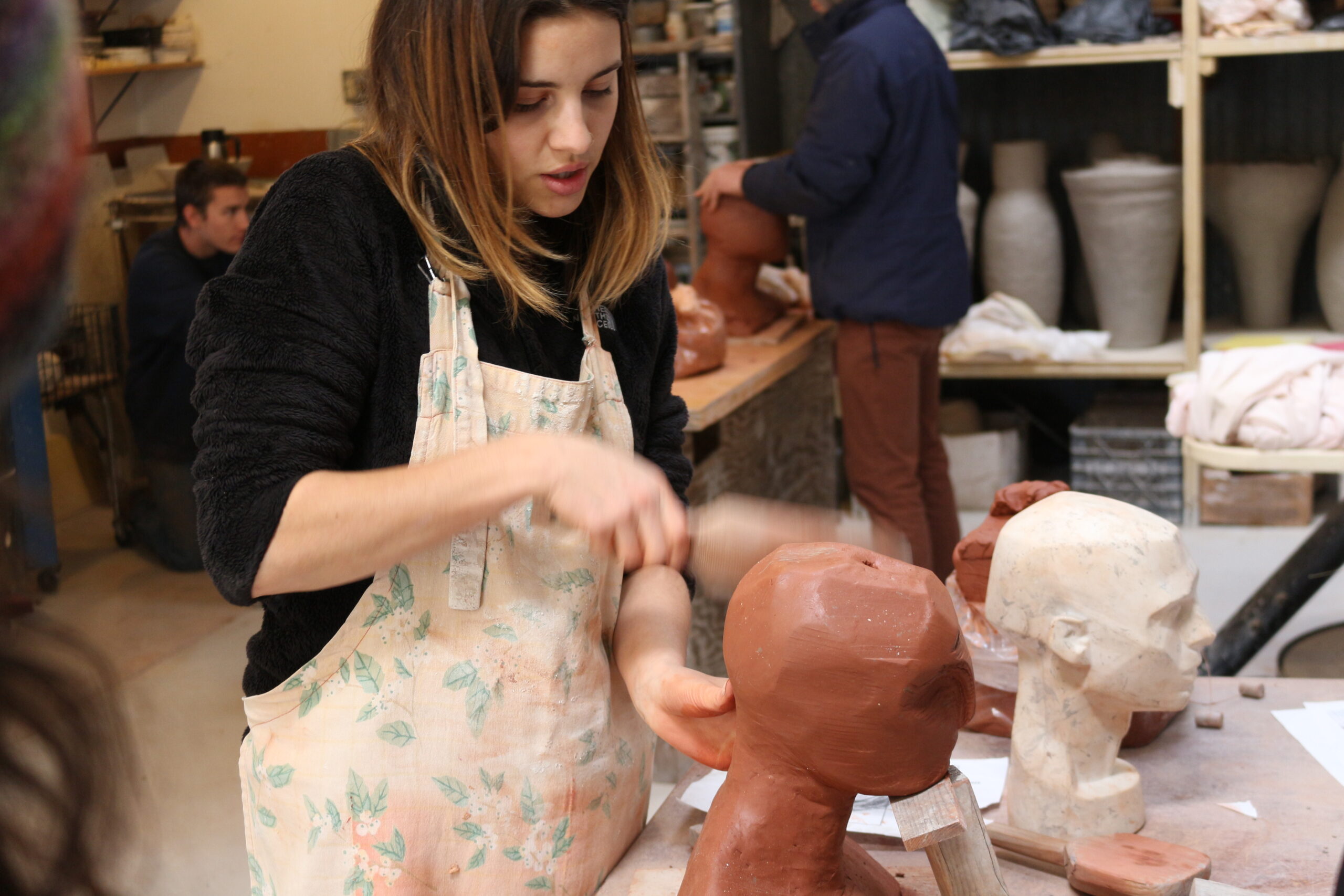Susan Riley | June 2017
Want to know a buzzword in education that’s moving toward the realm of buzzkill?
Grit.
This term, coined by Angela Duckworth in her eye-opening TED Talk, has been the subject of discussion for book clubs, school improvement plans and professional development meetings for the past few years. And as with most things in education, the more we hear it, the more eye-rolling there is.
The idea behind building grit in our students is a good one. More than ever, teachers have seen a rise in the willingness of students to just give up when something gets too hard. It’s not apathy and it’s not disrespect – it’s the fact that students don’t have the skills to work through a problem for long periods of time.
Duckworth explains that grit is both “passion and perseverance”. Students must have both in order to succeed. And this makes logical sense. If you are both passionate about a topic and are willing to try and try again (despite failure), you have a higher likelihood of achieving your goal.
But what teachers know is that in a search for the next “quick fix”, focusing on building grit has morphed into just another buzzword to mask a process that has been in place for 100 years: test, teach, repeat. It’s diluted the original sharing of the research into something schools can manipulate to fit their current way of doing things.
FROM 2 P’S TO 3: GRIT AND RESILIENCE
In the book Option B from Facebook’s CFO, Sheryl Sandberg, grit takes on a new form: resilience. Sandberg shares how she overcame the death of her husband by avoiding the 3P’s:
Personalization: The belief that we are at fault.
Pervasiveness: The belief that an event will affect all areas of our life.
Permanence: The belief that the aftershocks of the event will last forever.
Sandberg outlines that these 3 P’s hold us back from moving forward and that resilient people know how to recognize and side-step these pit-falls. When it comes to education, these can be the same 3 things that hold our students back when they fail.
Every student will fail at something. They need to have the tools to be able to learn from that failure and move forward. Otherwise, they’ll become stuck and not able to take take future risks.
Looking at both the ideas from Duckworth and Sandberg, it’s easy to see how both rely on each other. To have passion and perseverance and the ability to avoid personalization, pervasiveness and permanence in the face of failure (which is sure to happen) can finally help our students to open their unique combination lock of success. But how?
Arts as a Fulcrum
Between these two ideas of Grit and Resilience lies a unique opportunity: integrating the arts. The arts provide a way for students to experiment, explore their passions, and keep striving for that next level.
They also provide an opportunity to experience failure in a way that is safe. By mixing the wrong colors together, students learn that brown isn’t the end of the world, but rather a chance to try again. Or if they play the wrong note, it’s not a permanent problem. You simply go back and practice the line again.
The arts can be a fulcrum that balances the see-saw of opportunity and set-back. Both arts-for-arts-sake and arts integration provide learning experiences for students that embody grit and resilience. Learning the skills in the arts and applying them in new and different ways. Back and forth.
“The arts can be a fulcrum that balances the see-saw of opportunity and set-back.”
But this can’t be just another way that we mask our 100-year education tradition. This isn’t about test scores and it can’t be a cute shadow-box science project.
To maintain the integrity of the arts, while building these critical non-tangible life skills, we must focus on the process. We must spend more time on the messiness, the play, and the experiment and less time on a pretty end project. Because life isn’t a Pinterest board and the projects only reflect the process anyway.
Here are some examples of ways to start integrating the arts:
Use visual thinking strategies. Slow down and really look at a painting or listen to a piece of music. Explore all of the layers, rather than just a cursory glance or quick run-through. We all feel rushed and multi-task – this is even more prevalent with our students – and it leads to missed opportunities.
Look outside your house. Our worlds are so small. In a typical day, most of us only see our home, our classroom, our content. We go to the same websites, listen to the same podcasts. Instead, try looking outside of your usual domains. Connect with a teacher from another content area. Explore different art sites or music genres. Inspiration often comes from places you’ve never been.
Build it into your schedule. It’s a fact that if we don’t write it down, it doesn’t get done. It’s nice to say that we’ll integrate the arts, but unless you write it into your schedule, it won’t happen. Choose a lesson where students typically struggle and try an arts integrated lesson instead. Build in some extra time for the process and then observe how your students respond to the lesson. Their actions and responses may surprise you.
We don’t need another buzzword in our classrooms. We need to look at the whole child and truly change our teaching practices. And that begins by providing our educators with tools and approaches like arts integration and then getting out of their way. No more book clubs. No more new spins on old professional development.
Let’s see what happens if we try something new: letting teachers teach with creativity, passion and perseverance.

